Your morning brew, made by you, perfected by Breville.
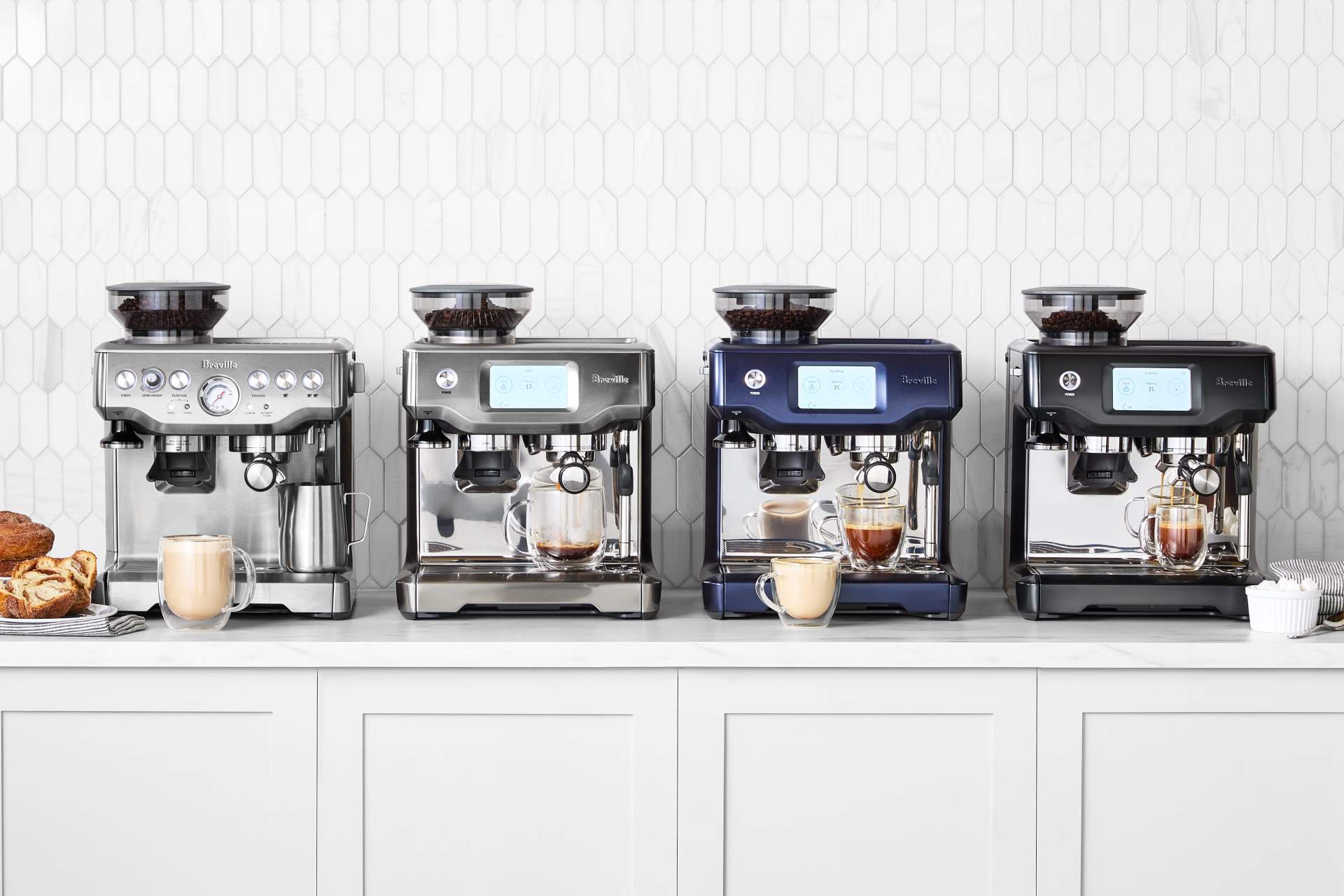
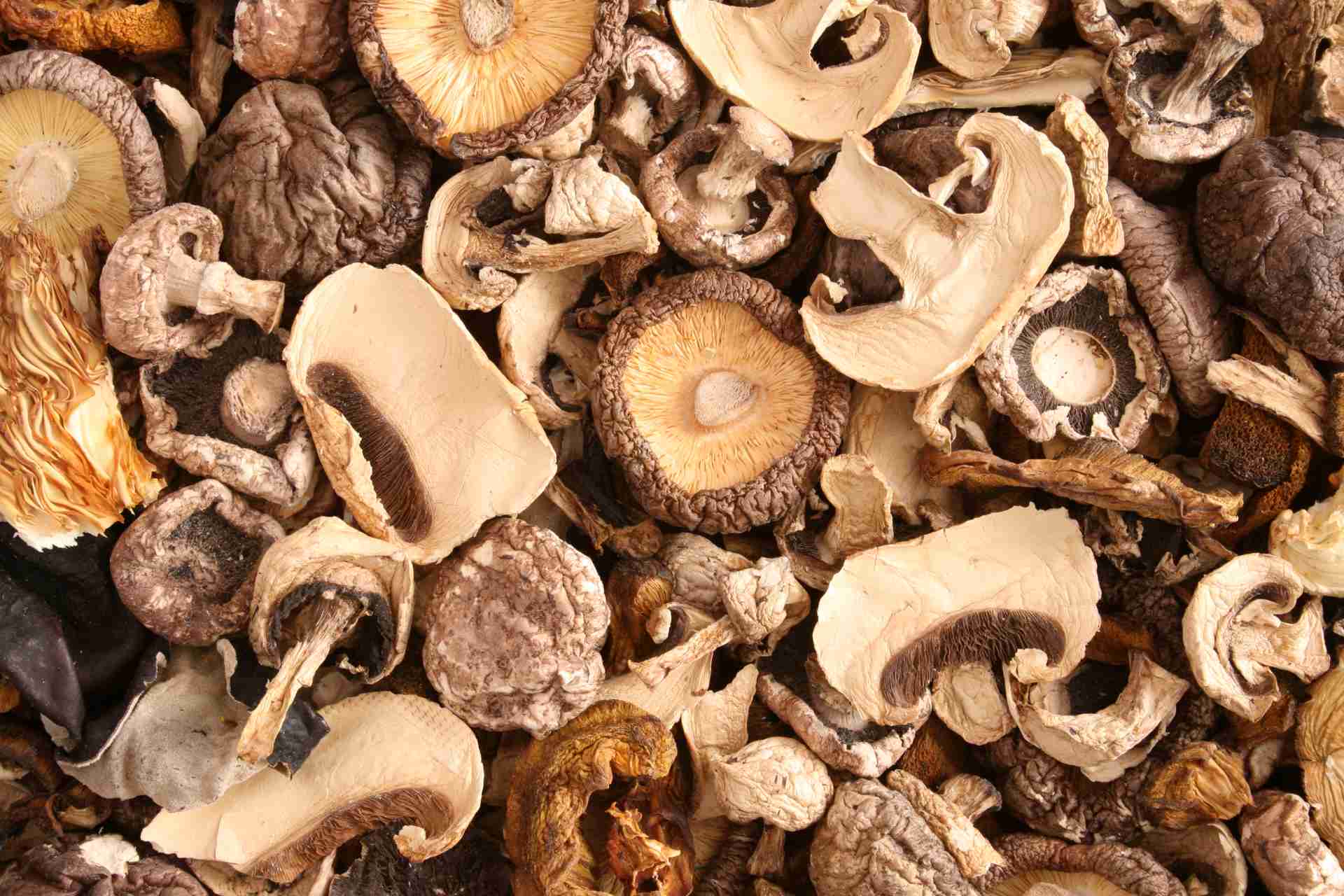
Umami-rich, meaty and versatile, mushrooms have become a staple in kitchens around the world, not just for their unique flavors and textures but also for their culinary versatility.
From the everyday breakfast scramble to sophisticated gourmet dinners, these fungal delights are finding their way into an array of dishes. With their popularity on the rise, grocery stores and farmers markets are now stocking a wider variety of mushrooms, giving food lovers plenty of options to experiment in their culinary creations.
The diverse range of mushrooms available today—from the common white button to the more unusual enoki and sought-after morels—can be a bit overwhelming to navigate at the store. But whether you’re looking to add a meaty texture or a delicate flavor, there’s a mushroom variety that can elevate your cooking to the next level.
In this guide, learn about common types of mushrooms you can shop for and get tips for selecting, storing and preparing mushrooms for your next meal.
Hungry for more? Our recipe library has all the inspo you need to turn your mushrooms into a magnificent meal.
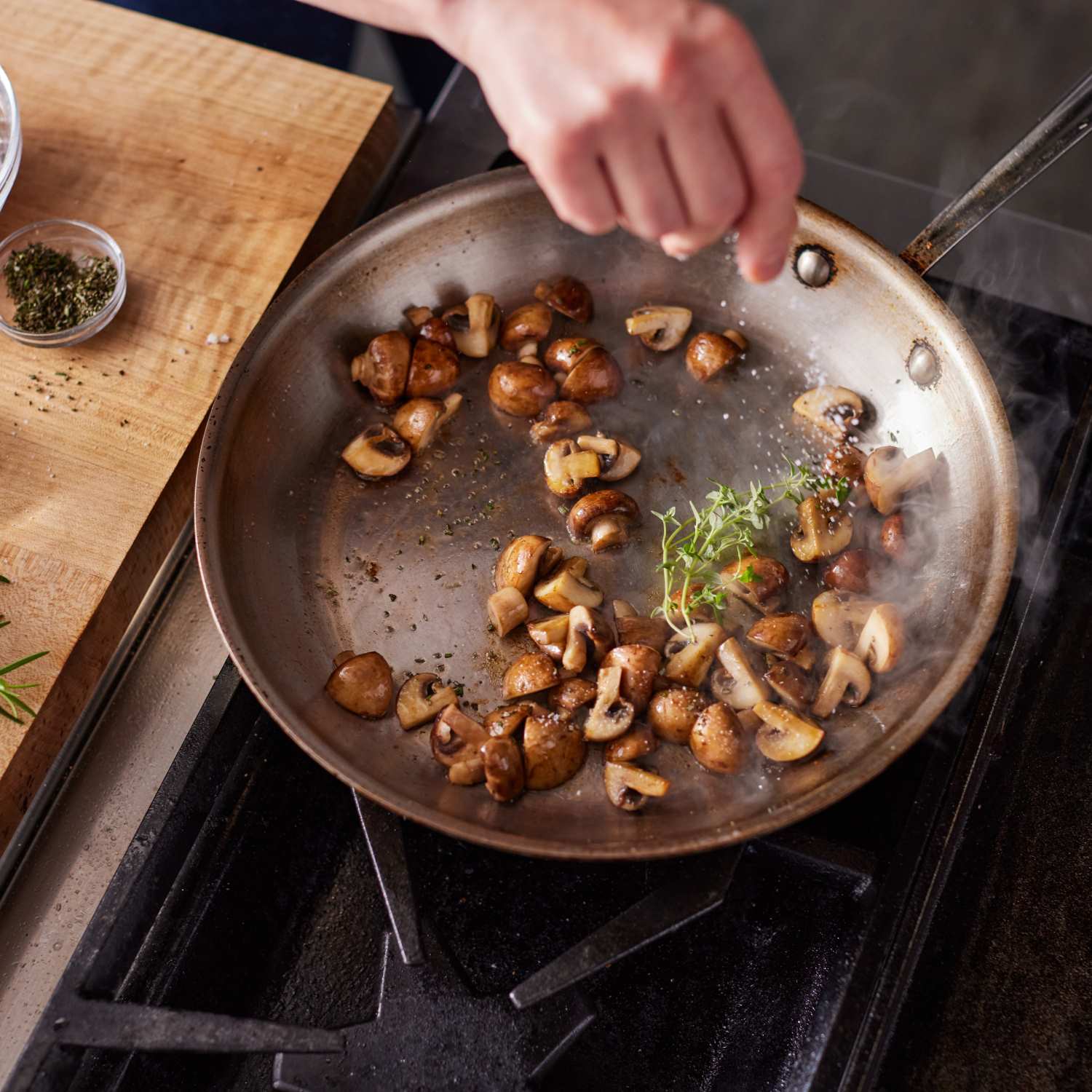
Mushrooms come in a variety of shapes, sizes and flavors, each offering unique characteristics that can enhance almost any dish. Here’s a detailed look at some of the most common types of edible mushrooms you might find at your local grocery store or farmers market:
White button mushrooms are small to medium in size with a round cap and short, stubby stem. They have a mild flavor and a firm texture that softens with cooking.
These mushrooms are incredibly versatile, suitable for eating raw in salads, sautéing in butter for a side dish or adding to soups, stews and sauces to add depth of flavor.
Also known as “Baby Bellas,” cremini mushrooms are similar in shape to white buttons but are slightly darker with a brown color. They offer a firmer texture and a richer flavor compared to their white counterparts.
Cremini mushrooms are excellent in risottos, stuffed for appetizers or used as a meat substitute in vegetarian dishes.
Portobellos are mature cremini mushrooms with a large, wide cap and meaty texture. They have a deep, earthy flavor that intensifies when cooked.
Best when grilled or roasted, they can serve as burger substitutes or be chopped and included in hearty dishes like pastas and casseroles.
Shiitake mushrooms have a distinct umami flavor with a hint of smokiness and are medium-sized with a broad, umbrella-shaped cap. They are a staple in Asian cuisine, particularly in stir-fries, soups (like miso soup) and noodle dishes. Their tougher stems are usually removed before cooking.
These mushrooms have a delicate, oyster-shaped cap and a mild, slightly sweet taste. They come in colors ranging from white to gray and pink.
Oyster mushrooms are soft and slightly chewy, making them suitable for light meals such as stir-fries, pastas and as a topping for pizzas.
Enoki mushrooms feature long, thin stems and small caps, with a crisp texture and a mild, subtly fruity flavor.
They can be used raw in salads and sandwiches or lightly cooked in soups and Asian dishes like hot pot.
Morels are highly prized for their honeycomb-like appearance and nutty flavor and are typically found in the wild during the spring. Cleaning morels thoroughly is crucial as their crevices can harbor dirt and insects.
They should be cooked well to avoid any potential toxins and can be sautéed, fried or used in luxurious sauces and dishes, like gravies and ragus.
Chanterelle mushrooms are notable for their vibrant golden-yellow color and funnel-shaped caps. They have a slightly peppery flavor that becomes more mellow and fruity when cooked.
Chanterelles are great sautéed in butter or oil and are perfect for enhancing the flavors of egg, poultry and pork dishes. Their unique taste and texture make them a favorite for gourmet recipes.
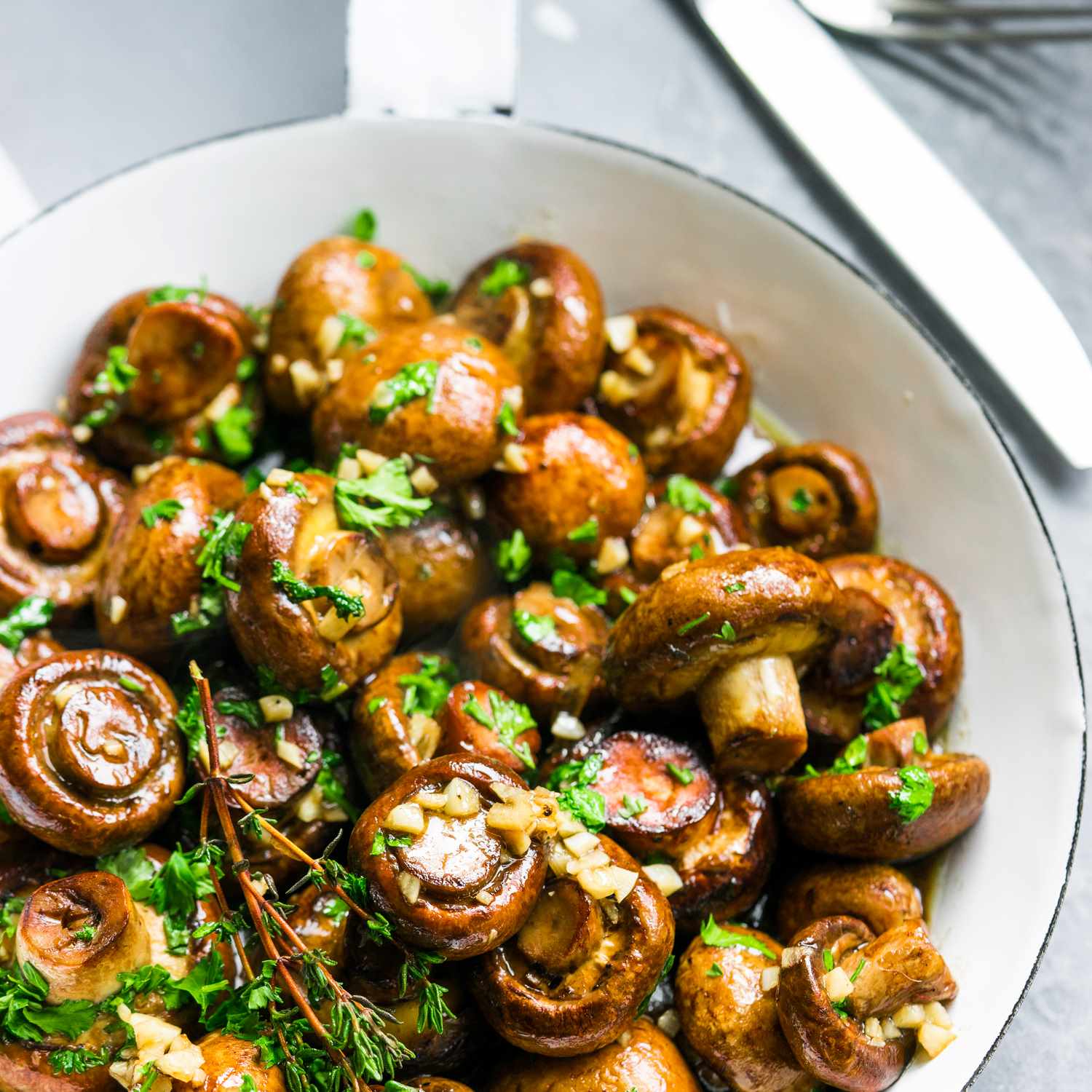
Choosing the freshest mushrooms can significantly enhance the flavor and texture of your dishes. Here are some essential tips on selecting the best mushrooms at your grocery store or farmers market:
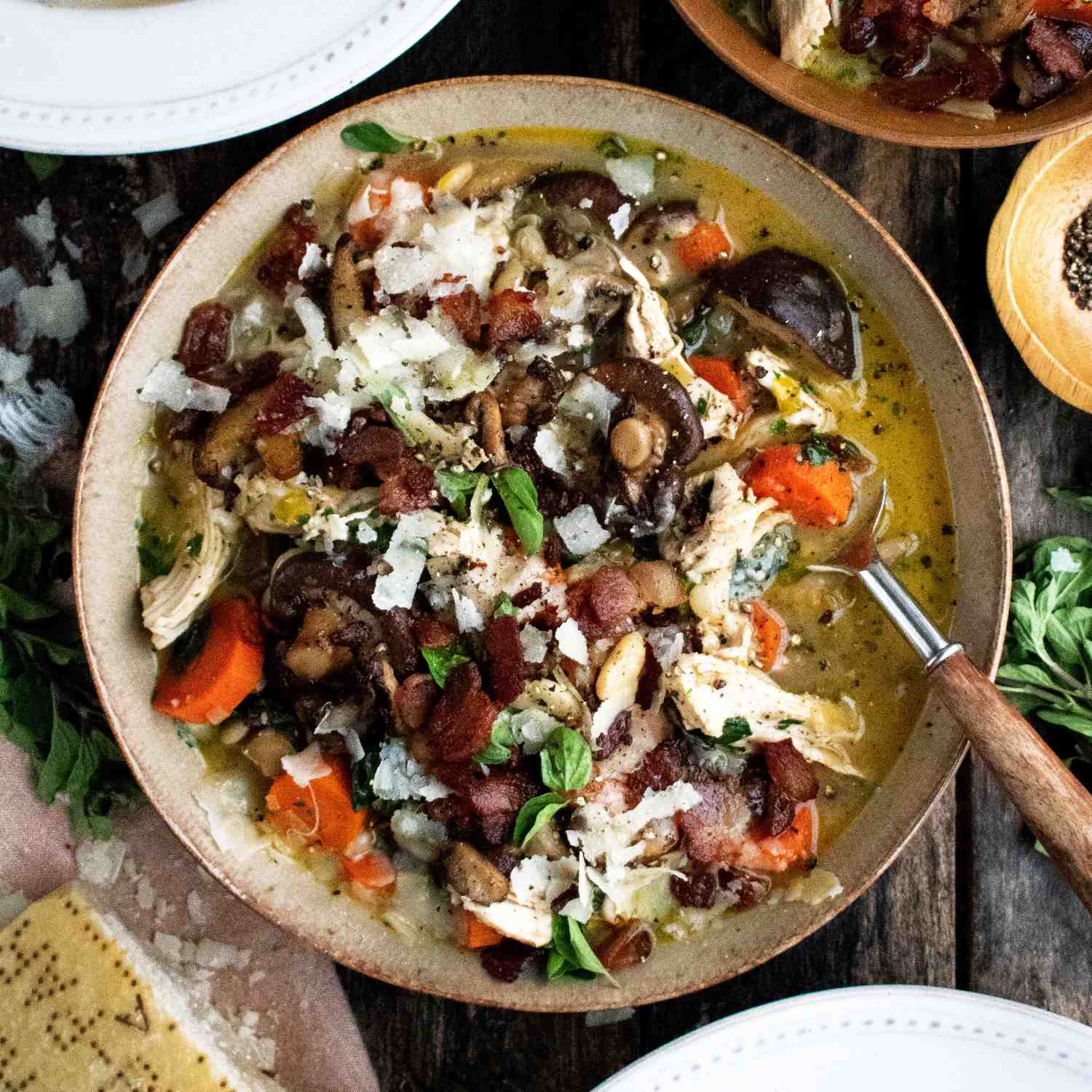
Proper storage is crucial to maintaining the quality and extending the shelf life of mushrooms. Here’s how to keep them fresh:

Cooking with mushrooms can transform a simple dish into a delightful culinary experience. Here are some essential tips for preparing and cooking mushrooms, enhancing their flavors and textures, and pairing them effectively with other ingredients.
When it comes to cleaning mushrooms, it’s best to handle them gently. A quick brush with a damp paper towel or a soft brush will usually do the trick to remove any dirt. If they’re particularly gritty, a swift rinse under water and a thorough dry may be necessary; just avoid soaking them as they absorb water quickly, which can affect their texture.
As for slicing, mushrooms can be prepared in various ways depending on your recipe—sliced, chopped or even whole. To ensure even cooking, try to cut them into uniform sizes, with thinner slices ideal for quick sautés and thicker slices or whole mushrooms perfect for grilling or roasting.
Mushrooms are naturally absorbent, which makes seasoning crucial.
Simple seasonings like salt and pepper can be wonderfully effective, but adding garlic, onions or herbs such as thyme and rosemary during cooking can elevate the flavors further. For those who enjoy a richer undertone, a splash of soy sauce or balsamic vinegar during the sautéing process can deepen the taste significantly.
The cooking technique itself also plays a role in texture—allowing mushrooms to cook undisturbed at first lets them brown and develop a rich flavor. For a meatier texture, continue cooking until most of the natural moisture evaporates.
Mushrooms are incredibly versatile and pair well with a range of proteins including beef, chicken and fish, enhancing these dishes with their robust, umami qualities. They are also a great match for vegetarian proteins like tofu or tempeh, especially when these proteins are marinated to complement the earthiness of the mushrooms.
In terms of grains, mushrooms can add depth to dishes incorporating rice, quinoa or barley and are equally at home in pasta dishes, whether in creamy sauces or rustic, tomato-based options. Polenta or mashed potatoes topped with sautéed mushrooms can round out a comforting meal.
When it comes to cheese, the earthy flavors of mushrooms pair beautifully with both soft cheeses like Brie and harder, more flavorful varieties like Parmesan or Gouda.
And for those looking to pair wines, mushrooms and pinot noir are a classic combination, thanks to the wine’s earthy notes, while a richer white wine like chardonnay complements creamy mushroom sauces splendidly.
Hungry for more? Our recipe library has all the inspo you need to turn your mushrooms into a magnificent meal.
Join The Conversation